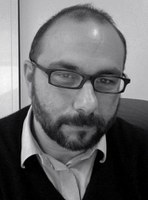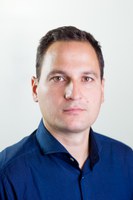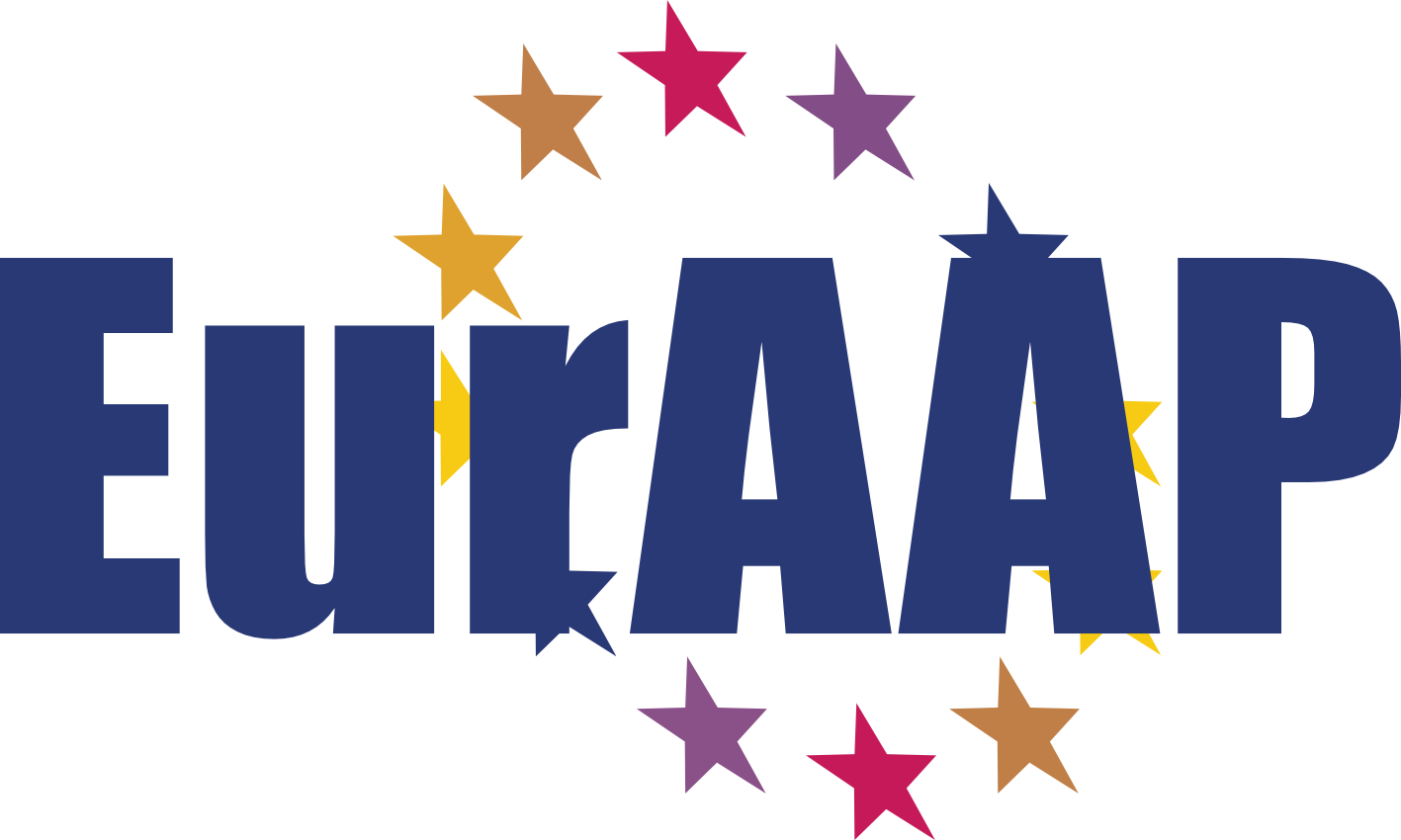SC05 (T): Microwave imaging for medical diagnostics from theory to implementation
Lorenzo Crocco
National Research Council, Italy

Lorenzo Crocco SM-IEEE’10, was born and educated in Italy. He is a Senior Research Scientist with the Institute for the Electromagnetic Sensing of the Environment, National Research Council of Italy (IREA-CNR). His scientific activities mainly concern theoretical aspects and applications of electromagnetic scattering, with a focus on diagnostic and therapeutic uses of electromagnetic fields, through-the-wall radar and GPR. On these topics, he has published more than 80 papers in peer-reviewed journals, given keynote talks at international conferences and led or participated to Italian and European research projects. He has served as Guest Editor for international journals and co-chaired two international conferences on GPR. He is in the Editorial Board of the International Journal of Antennas and Propagation. He is member of the management committee of COST Action MiMed (TD1301) and leader of the Working Group on “New techniques and emerging applications for microwave imaging”. Dr. Crocco is a Fellow of The Electromagnetics Academy (TEA). He was the recipient of the "Barzilai" Award for Young Scientists from the Italian Electromagnetic Society (2004). In 2009, he was awarded as one of the best under 40 scientists of CNR. In 2014, he has been habilitated as professor of Electromagnetic Fields by the Italian Ministry of Research and University. From 2009 to 2012, he has adjunct professor at the Mediterranea University of Reggio Calabria, Italy, teaching undergraduate and Master courses of Electromagnetic Waves and Noninvasive EM Diagnostics. Since 2013, he is has been an instructor in courses organized by the European School of Antennas (ESOA), giving lectures on methods in inverse scattering and biomedical application of microwave imaging.
Panagiotis Kosmas
King's College London, UK

Panagiotis Kosmas, SMIEEE, joined King’s College London (KCL) as a Lecturer in 2008, and is currently a Senior Lecturer at KCL’s Department of Informatics. Prior to his appointment, he held research positions at the Center for Subsurface Sensing and Imaging Systems (CenSSIS), Boston, USA, the University of Loughborough, UK, and the Computational Electromagnetics Group, University of Wisconsin-Madison, USA. His expertise in microwave imaging includes radar and tomographic methods, and he has pioneered the use of time reversal for microwave breast cancer detection. He has over 70 journal and conference publications on microwave imaging and related areas. He is also the co-founder of Mediwise Ltd, an award-winning UK-based SME focusing on the use of EM waves for medical applications. Beyond microwave medical imaging, Dr Kosmas’ research interests include computational electromagnetic with application to other areas of subsurface sensing, antenna design, and inverse problems theory and techniques. He has received UK private (FABW charity) and public (Innovate UK) funding for projects in microwave sensing and imaging, and signal processing for land-mine detection. He has taught undergraduate and graduate courses on EM theory, antennas and propagation, electronics, and stochastic processes. He is a regular contributor and reviewer for various IEEE Transactions journals, including Antennas and Propagation, Biomedical Engineering and Medical Imaging. Dr. Kosmas is member of the management committee of COST Action MiMed (TD1301) and an elected Working Group leader for the “Widespread adoption of microwave imaging devices in clinical practice and framework for their commercialisation”. He has co-authored a chapter for a Springer monograph on microwave medical imaging titled “An Introduction to Microwave Imaging for Breast Cancer Detection”.
Context
Medical applications of electromagnetic fields are an emerging topic for the EurAAP community, as witnessed by successful sessions in the last few and upcoming EuCAP and IEEE AP conferences. Through their involvement with COST Action TD1301 "MiMed", which addresses medical applications of microwave imaging, the proponents have realized the need of introducing microwave engineers with diverse backgrounds to the theory and practical implementation of advanced inverse scattering methods for microwave imaging applications.
The course aims to achieve this goal by tackling key aspects of microwave medical imaging. Built on the successful experience of previous courses given in EuCAP2015 and EuCAP2016, the short course will introduce the audience to this complex topic and also to provide hands-on tools that would enable interested researchers to embark on this field. We are confident that by explaining the theory and implementation of microwave imaging methods to a potentially large audience (e.g. MiMed participants, as well as students from various groups worldwide), we will motivate new research in this important area.
Course content
Overview of the course’s structure and content:
Part I: Introduction & Theoretical Background (45mins, plus Q&As and Break)
- Introduction on emerging microwave medical imaging applications, which are based on the methods presented in the course. This will emphasize the need for microwave imaging and will motivate the material covered in the course. (15mins)
- Challenges in microwave imaging: a review of theoretical basis of inverse scattering problems. (30 mins)
- Q&As and Break
Part II: From theory to implementation - the microwave imaging practitioner toolbox, with examples (135mins, plus Q&As and Break)
- Linear model-based inversion. Differential imaging for clinical follow-up, contrast enhanced microwave imaging. (55 mins)
- Q&As and Break
- Non-linear Microwave Tomography Methods (Contrast-Source Inversion, Gauss-Newton Methods). Quantitative imaging of human tissues’ electric properties. (55 mins)
- Emerging topics in MWI: sparsity-based imaging techniques, projection-basis regularization. (25mins)
Final Q&As and Conclusion
The material will be mostly covered with PowerPoint slides, but answers to questions and general discussion will be a key part of the course. The instructors will pay specific attention to answering questions and explaining how the (sometimes complex) mathematical concepts can be implemented in practice via numerical codes. A board may be used to cover some mathematical concepts and explanations during such interactions.


















